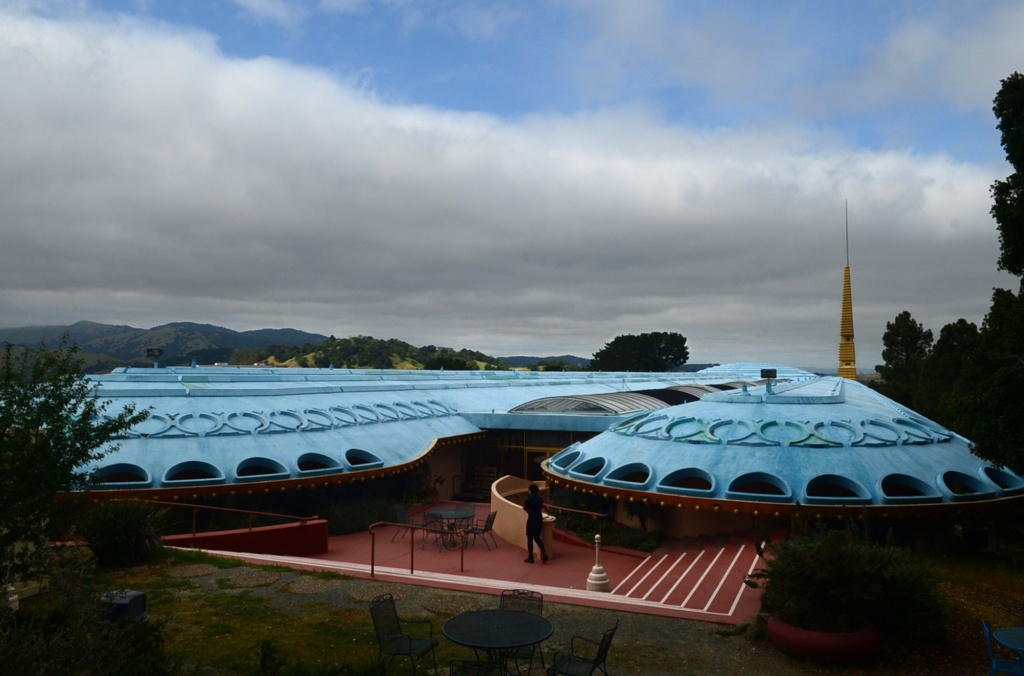A new state law mandating the removal of language banning people of color from buying residences has drawn special attention in Marin, which is known for a history of racial housing discrimination.
AB 1466 went into effect July 1 and requires state recorders, real estate brokers, agents and insurance companies to modify property records by redacting those racial restrictions.
“For me, it’s about doing the right thing,” said Shelly Scott, the county’s assessor, recorder and county clerk. “My staff and I are in compliance with this and we are ready to go as of July 1. We’ve been doing a lot of work in this area since 2019.”
Discriminatory covenants have been legally unenforceable since the U.S. Supreme Court case Shelley v. Kraemer in 1948 and illegal under the Fair Housing Act of 1968.
The racial covenants have not been removed from the official property records, some of which track back for over a century during an era rife with segregation, racism and redlining, to restrict minorities from living or owning property in certain areas.
Scott said she has signed off on redactions of six to eight racial covenants under AB 1466 in the past week. The documents must be approved by the county counsel before they are recorded with the redactions.
But that’s only part of the racial reckoning in housing being undertaken by Scott’s office. She said the recorder’s office has taken a proactive approach to locating and reviewing CC&Rs –– covenants, conditions and restrictions — and striking the discriminatory language.
On Wednesday, the county unveiled an interactive online database called the “Restrictive Covenants Time Progression.”
The project, which began in 2019, features a time-lapse map of the county that reflects action taken on illegal restrictive covenants.
The database includes maps and graphs charting the number of racial covenants currently cataloged. The numbers spiked in 1940 with 337 recordings that year, in the midst of World War II. The numbers dip in the latter years of the war as Liberty Ship construction waned, but spike to 603 in 1946 following the war and to 634 in 1950.
Ninety percent of the covenants cataloged are between 1940 and 1950. A total of 4,402 have been cataloged so far, according to a city chart.
Scott said the current data are just a “snapshot” of the entire county’s total 96,000 parcels.
She said she plans to go through all of the county’s parcels by the time the project is completed.
The mapping shows clusters around jurisdictions and cities, organized by their date and location. Thirty-eight percent of the covenants are in unincorporated parts of the county. The next highest percentages are San Rafael at 16% and Corte Madera at 11%. Smaller percentages include San Anselmo, Sausalito, Tiburon, Mill Valley, Novato, Ross, Larkspur, Fairfax and Belvedere.
Romeo Arrieta, chief executive of the Marin Association of Realtors, said his office is working collaboratively with the county on the rollout and implementation of the law.
“The Marin Realtors supported this law and advocated for its passage on multiple occasions throughout in 2021,” he said. “Removing racially restrictive language from housing documents is simply the right thing to do to help heal the wounds of the past and prevent it from happening again in the future.”
Members of the public can learn whether their property includes a CC&R by reviewing the title report they received when they purchased the property.
Felecia Gaston, a nonprofit director and social advocate in Marin City, said the timing of the new law aligned with the ongoing celebration this year for Marin City’s 80-year anniversary.
“Part of the celebrations is dealing with housing discrimination and racism for all these years,” she said. “All the research that we are uncovering shows when people came to work out here in the shipyards it was very diverse. Families other than Blacks were offered loans for housing outside of Marin City. It’s taken all of these years to bring this to light.”
Marin County absorbed Black and minority workers during World War II as workers moved to the Marinship yards to assist in the construction of wartime vessels. Redlining, or refusing access to specific groups of people to neighborhoods, segregated most of the Black communities after World War II to Marin City.
“It’s very evident what happened here in Marin City,” Gaston said. “It was automatically known to Blacks that they would not be able to purchase a home.”
The circumstances have marginalized generations of minority youths in Marin City while elevating the generational wealth of White families who were given access to the now ultra-affluent communities throughout the county.
Paul Austin and his wife, Tenisha Tate-Austin, both of whom are Black, have sued a San Rafael appraiser in federal court for alleged race discrimination after an appraisal of their home in February 2020 came back $455,000 lower than an appraisal done in March 2019. The couple argued that the house was valued at a lower rate because of their race and the current and historical racial demographics of the home’s location.
Paul Austin says the lawsuit is ongoing and mediation is expected in the coming months. He said the racial covenant law was connected in large part to his situation, noting his grandparents on one side of his family settled in Marin City and on the other side in Mill Valley.
“They had to build their home at nights, on weekends, because they didn’t want the neighbors to know a Black family was living there,” Austin said. “Even then, 60 years ago, they didn’t want Black people living in Mill Valley.”
He said the cultural conditioning behind the covenants was just as significant as the racist institutions they upheld.
“The only place they wanted people of color to live was Marin City,” he said. “People of color are still paying the cost for that. Even if you owned a home in Marin City, property values did not increase here as it did in other places in Marin. It didn’t create generational wealth.”










